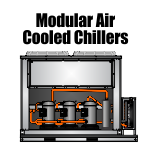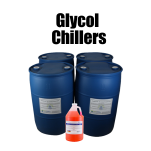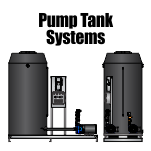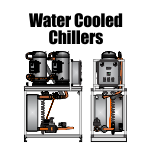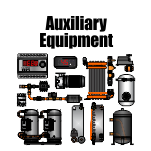Brewery Glycol Chillers
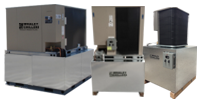 |
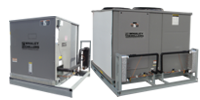 |
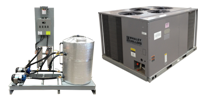 |
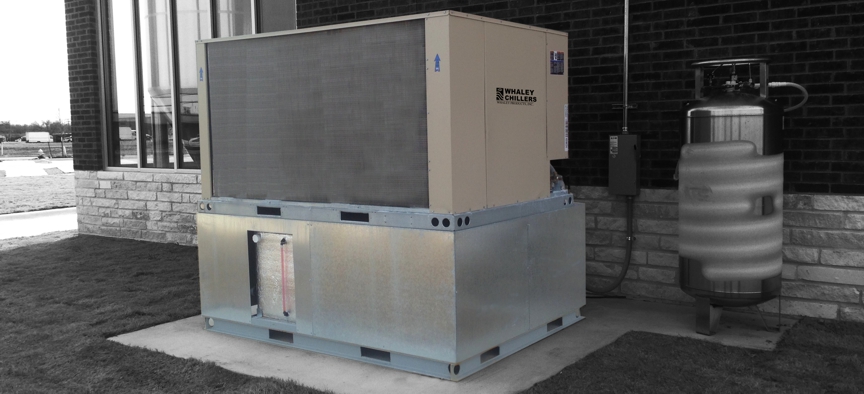
A typical brewery would use a Whaley’s brewery glycol chiller system to cool down the hot wort to a lower temperature before it is transferred to a fermentation tank containing the yeast. This is done by passing the hot wort through a wort chiller with a plate heat exchanger where the heat from the wort is transferred to cold brewing water. Additionally, jacketed fermentation vessels are chilled with a brewery glycol system. WPI can provide full tank temperature control packages with controls installed in WPI’s glycol chiller control panel, for simplified monitoring and control of your entire chilling process.
Brewery Process Information:
- Brewery Cooling Products
- Brewery Glycol Recommendations
- Brewery Industry Events
- Brewery Clients Served by WPI
- Example Brewery Chiller Application
- Brewery Heat Load Sizing
- Brew-House Control Centers
- Brewery Cold Room Cooling
Common Glycol Questions:
The making of beer is an impressive biochemical process. In the first stage, the malted barley is smashed, then fed to a mash-tun where water is added at a precise temperature. This mixture of crushed malt and water is called mash. During the mashing process, enzymes in the malt convert starch in the malt to fermentable and unfermentable sugars. Fermentable sugars are converted to alcohol and carbon dioxide during fermentation. Unfermentable sugars help give the beer body and mouth feel.
 Once this conversion process is complete, the mash is lautered to separate the sweet liquid (wort) from the spent grain material. The wort is then boiled in a steam jacketed brew kettle where it is sterilized, concentrated, and hops are added to make a pleasant flavor and aroma. The spent grain is typically used as animal feed for neighboring farms. Once the boiling process is complete, hop material and protein sediments are removed in the whirlpool process. The wort is then cooled down to a temperature, usually less than 68° Fahrenheit, so yeast can be added for fermentation. To cool down the wort, wort chillers are used, usually a plate and frame heat exchanger: either a single-stage (chilled water only) or multiple-stage (ambient water, glycol) heat exchanger.
Once this conversion process is complete, the mash is lautered to separate the sweet liquid (wort) from the spent grain material. The wort is then boiled in a steam jacketed brew kettle where it is sterilized, concentrated, and hops are added to make a pleasant flavor and aroma. The spent grain is typically used as animal feed for neighboring farms. Once the boiling process is complete, hop material and protein sediments are removed in the whirlpool process. The wort is then cooled down to a temperature, usually less than 68° Fahrenheit, so yeast can be added for fermentation. To cool down the wort, wort chillers are used, usually a plate and frame heat exchanger: either a single-stage (chilled water only) or multiple-stage (ambient water, glycol) heat exchanger.







